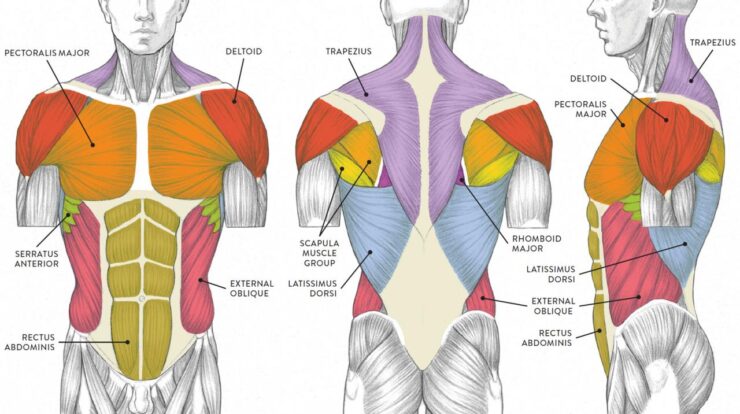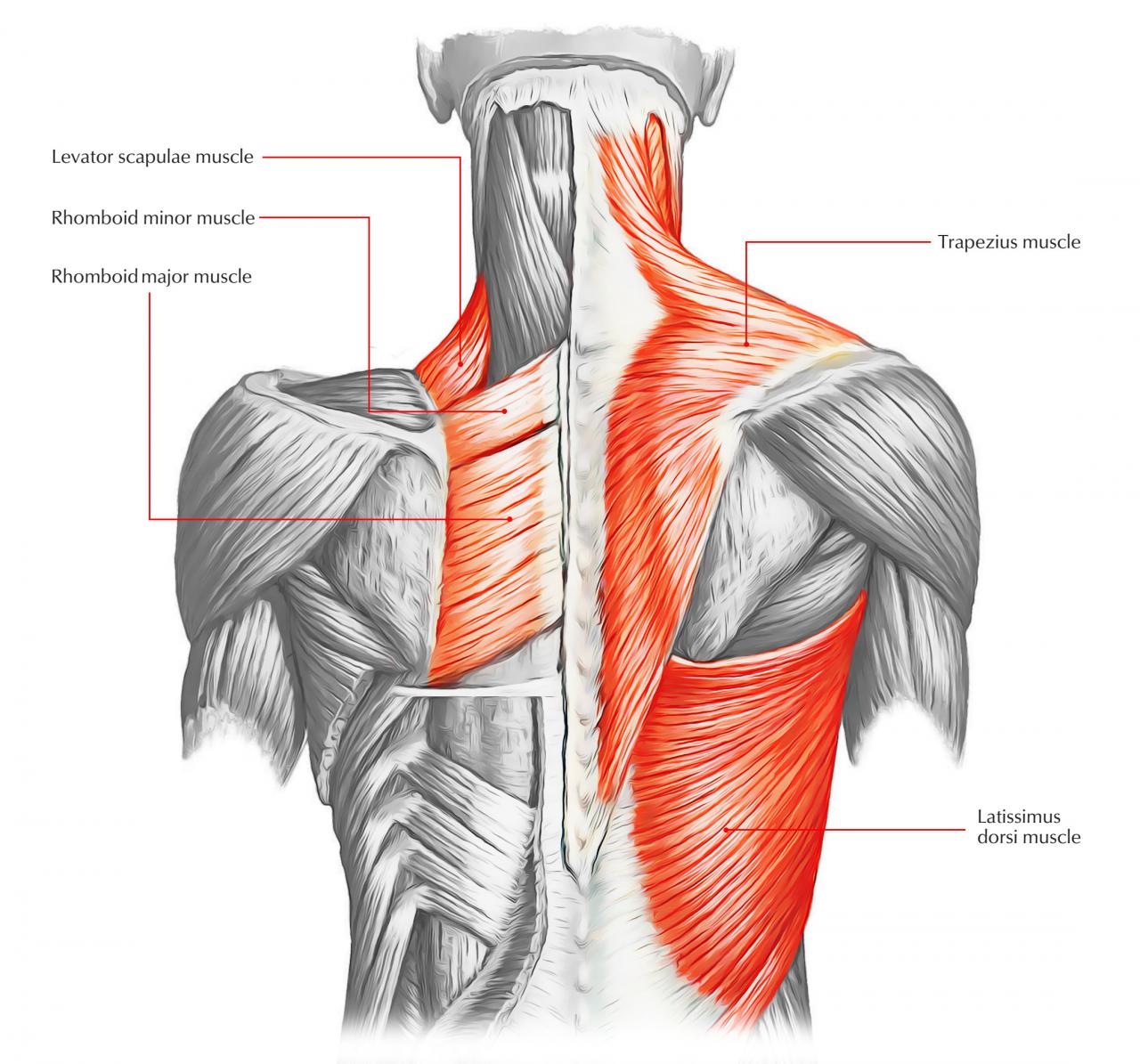
Back muscles play a crucial role in our posture, movement, and overall health. Understanding their anatomy, strengthening techniques, and common injuries can help us maintain a strong and healthy back.
As Mother’s Day approaches, individuals worldwide are seeking unique ways to express their love and gratitude for the women in their lives. Whether you’re looking for a heartfelt message for your sister , wondering if it’s appropriate to wish a pregnant woman a happy Mother’s Day, or searching for the perfect German greeting , there are countless resources available online.
This comprehensive guide delves into the intricacies of back muscles, providing valuable insights for athletes, fitness enthusiasts, and anyone seeking to improve their back health.
Anatomy of the Back Muscles

The back muscles, located in the posterior region of the body, play a vital role in maintaining posture, supporting movement, and protecting the spine. These muscles can be classified into several groups based on their location and function.
The major muscle groups of the back include the trapezius, latissimus dorsi, rhomboids, erector spinae, and quadratus lumborum. The trapezius extends from the base of the skull to the middle of the back, assisting in shoulder movement and posture. The latissimus dorsi is a large, triangular muscle that covers the lower back and helps with arm movements.
No matter how you choose to celebrate, be sure to express your love and gratitude to the women who have made a difference in your life. Even if you’re not a mother yourself , take this opportunity to acknowledge the special bond you share with your own mother, grandmother, or other female role models.
The rhomboids, located between the shoulder blades, aid in retraction and elevation of the scapula. The erector spinae runs along the spine and supports the back during bending and twisting motions. The quadratus lumborum is situated in the lower back and contributes to lateral flexion and stabilization of the spine.
A table or diagram illustrating the different back muscles can be included for further visual representation.
Exercises for Strengthening Back Muscles
Strengthening the back muscles offers numerous benefits, including improved posture, reduced risk of back pain, enhanced athletic performance, and overall physical functionality.
Effective exercises for targeting different back muscle groups include:
- Pull-ups:Work the latissimus dorsi, trapezius, and rhomboids.
- Rows:Target the latissimus dorsi, rhomboids, and biceps.
- Deadlifts:Strengthen the erector spinae, hamstrings, and glutes.
- Back extensions:Focus on the erector spinae and glutes.
- Planks:Engage the quadratus lumborum and other core muscles.
Variations and modifications of these exercises can be incorporated to accommodate different fitness levels and target specific muscle groups.
Common Back Muscle Injuries

Overexertion, improper technique, or underlying medical conditions can lead to back muscle injuries. Common injuries include:
- Muscle strains:Overstretching or tearing of a muscle, causing pain and stiffness.
- Sprains:Ligament tears, leading to pain, swelling, and reduced range of motion.
- Herniated discs:When the soft, jelly-like center of an intervertebral disc pushes through its outer layer, causing pain, numbness, or weakness.
- Sciatica:Compression of the sciatic nerve, resulting in pain, numbness, or weakness along the nerve’s path.
Treatment options vary depending on the severity of the injury and may include rest, ice, compression, physical therapy, and in some cases, surgery.
Role of Back Muscles in Sports and Fitness
Strong back muscles are crucial for athletes and fitness enthusiasts, providing stability, power, and endurance.
In sports such as football, basketball, and weightlifting, strong back muscles enable athletes to perform explosive movements, absorb impact, and generate power. In activities like swimming and cycling, they support posture and maintain stability during repetitive movements.
Exercises like squats, lunges, and core work incorporate back muscle strengthening to enhance overall fitness and reduce the risk of injuries.
Recovery and Rehabilitation for Back Muscles
Proper recovery and rehabilitation are essential for optimal back muscle health.
Rest, stretching, and foam rolling can reduce muscle soreness and promote healing. Gentle exercises like walking and swimming can aid in recovery without putting excessive strain on the muscles.
If you’re struggling to find the right words, consider using one of the many pre-written greetings available. These greetings can be personalized with a special message or a heartfelt anecdote, ensuring that your mother feels truly appreciated.
A table or bullet points with specific tips for post-workout recovery can be included.
Ultimate Conclusion
In conclusion, back muscles are essential for our physical well-being. By understanding their anatomy, practicing targeted exercises, and implementing preventive measures, we can strengthen our backs, reduce the risk of injuries, and enjoy a pain-free and active lifestyle.
Questions Often Asked
What are the major back muscle groups?
The major back muscle groups include the trapezius, latissimus dorsi, rhomboids, erector spinae, and quadratus lumborum.
What are the benefits of strengthening back muscles?
Strengthening back muscles improves posture, reduces back pain, enhances athletic performance, and promotes overall stability.
What are some common back muscle injuries?
Common back muscle injuries include strains, sprains, herniated discs, and sciatica.





